Description
Cirqus Voltaire is a 1997 pinball game, designed by John Popadiuk and released by Midway Games (under the Bally label). The theme involves the player performing many different marvels in order to join the circus. Some of the captivating features include a neon light running along the right-hand ramp, a pop bumper that rises up from the middle of the playfield at certain times, and a mini-playfield at the top of the center ramp with a magnet to catch the ball for locking. The most notable feature is the Ringmaster, a head that rises at certain times and makes cracks against the player.
It was the first Williams/Bally pinball machine missing a real replay-knocker, a device driven by a coil to produce a loud bang when hammering against the wood of the cabinet or backbox. Instead this sound effect was pre-recorded and played via the regular speakers. It was also the second machine (after Capcom’s Flipper Football, released in 1996) to move the dot-matrix display (DMD) from the backbox right into the cabinet, so the player isn’t distracted from gameplay when watching the DMD (an idea that was taken to the maximum with the Pinball 2000 architecture two years later).
Game Features:
Flippers (2), Pop bumpers (3), Slingshots (2), Stop magnets (3), Standup targets (9), Kick-out holes (2), Spinning targets (2), Speech, Playfield-mounted dot matrix display. The menagerie ball, a large plastic ball trapped within a cage above the left slingshot, can be hit by the ball in play and disrupts ball direction. The Ringmaster is an animated head that elevates from the underside of the playfield and makes wise cracks at the player, who tries to defeat him by hitting him with the pinball in various modes. A stop magnet is on the top of the Ringmaster’s head, holding the ball there when the head rises up. One of the three pop bumpers “disappears” by dropping down until its flat plastic top is level with the playfield. The backbox animation simulates a cannonball fired to ring a bell, although the bell is really just a piece of plastic with a bell drawn on it. This animation is mostly activated automatically by the game but one feature allows the player to continuously fire the cannonball using the flipper buttons in a timed mini-game. Points are given if the ball takes a certain path in the fall (this path having a switch).

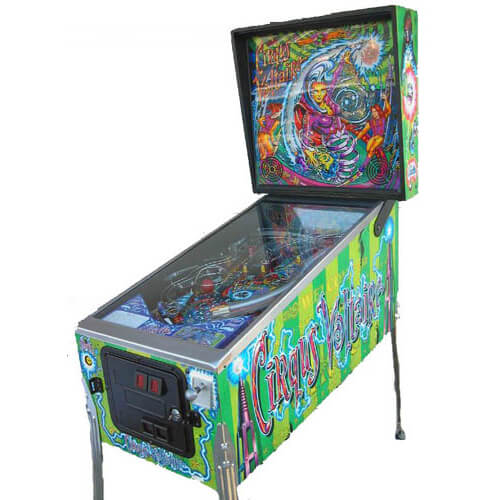
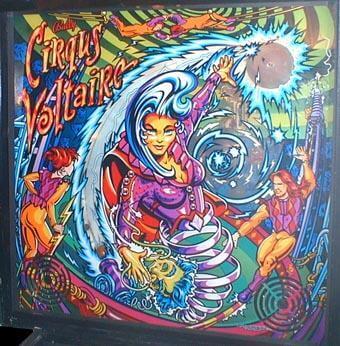

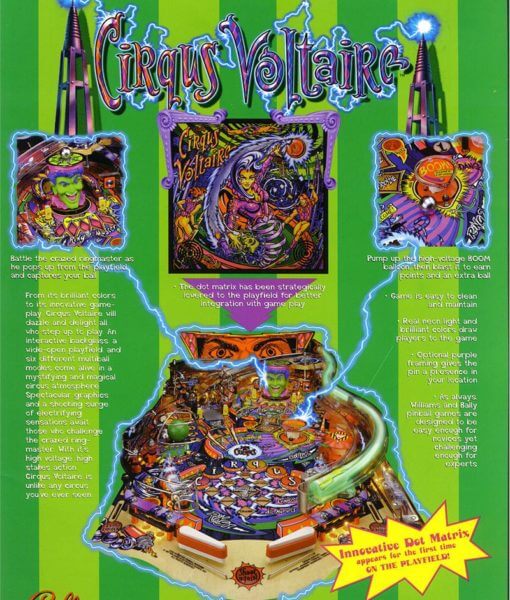
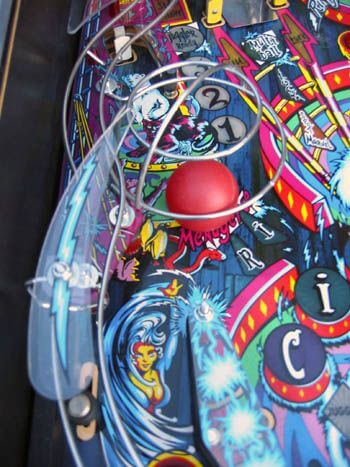
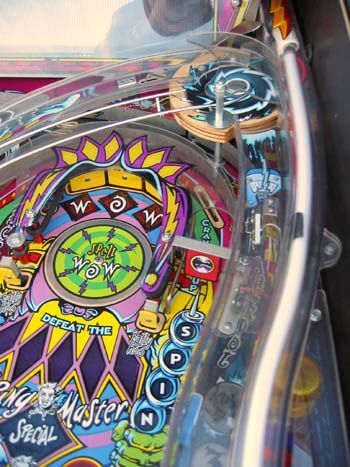

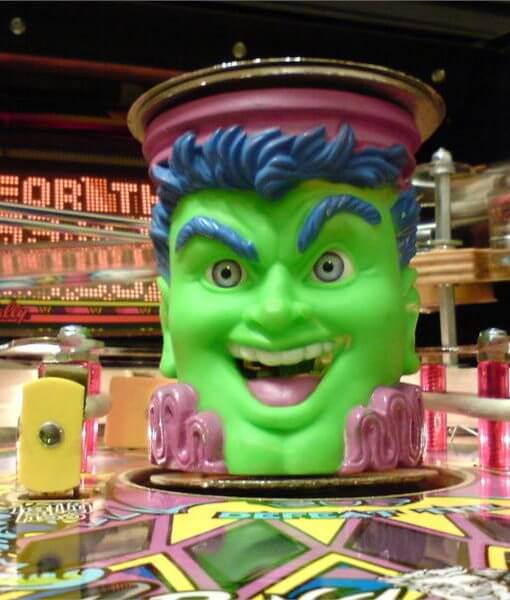


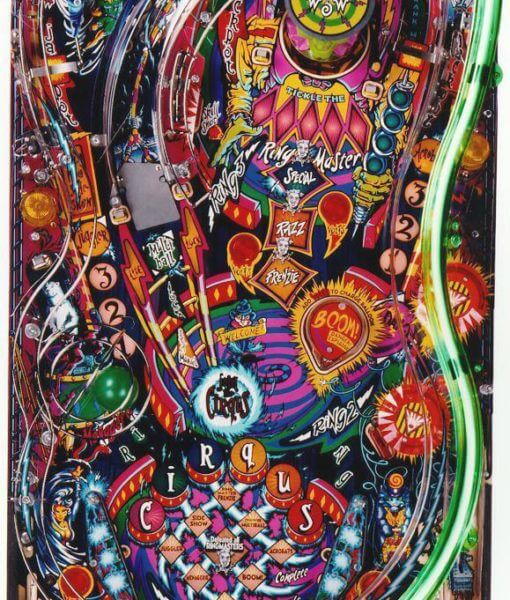




Reviews
There are no reviews yet.